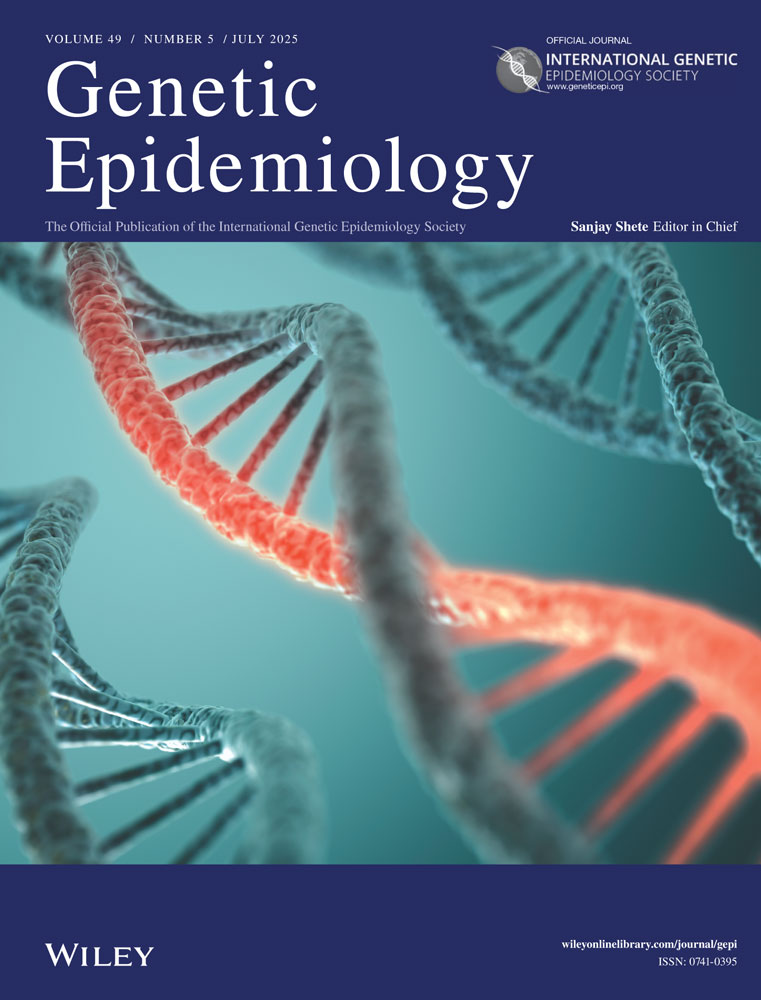Removing phenotypic distribution assumptions from tests of linkage disequilibrium for quantitative traits
Abstract
The transmission disequilibrium test (TDT) has become a family-based method of reference to search for linkage disequilibrium (LD). Although it was first developed for dichotomous traits, numerous approaches have extended the TDT to quantitative phenotypes that either rely on regression or variance component techniques. Both of these approaches are based on some phenotypic distribution assumptions, the violation of which can lead to inflation of type I error rates, and derive information from phenotypic variability, so that their power is very low under some selection schemes (e.g., one-tailed selection). We propose a new family-based test of association for quantitative traits, denoted maximum-likelihood-binomial (MLB)-QTDT, which addresses the two previous issues by incorporating a latent binary variable that captures the LD information between the marker allele and the quantitative phenotype. The method can be understood as a classical TDT for binary traits that would include pure affected and pure unaffected children, and the probability for a child to be affected or unaffected depends on his/her quantitative phenotypic value. Simulation studies under the null hypothesis show that the MLB-QTDT provides very consistent type I errors even in small and/or selected samples. Under the alternative hypothesis, the MLB-QTDT has good power to analyze one-tailed selected samples, and performs as well as a classical approach in other designs. The MLB-QTDT is a flexible distribution-free method to test for LD with quantitative phenotypes in nuclear families, and can easily incorporate previous extensions developed in the context of family-based association studies with binary traits. Genet Epidemiol 24:191–199, 2003. © 2003 Wiley-Liss, Inc.




